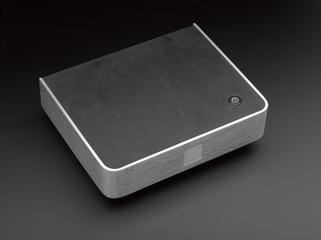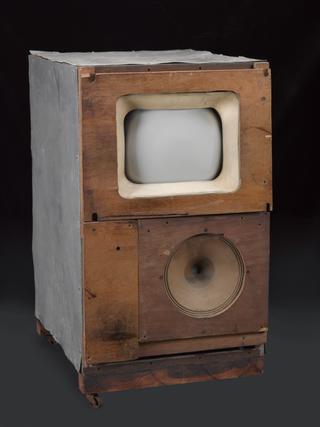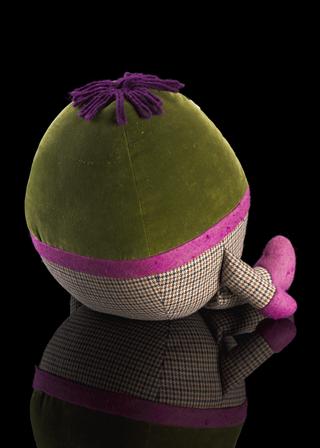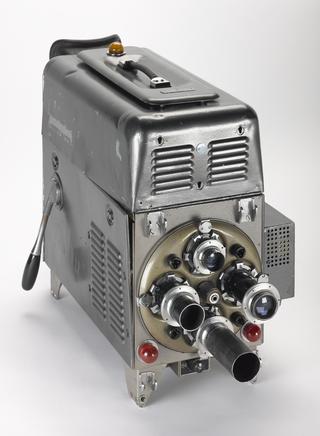
Tedham & McGee’s experimental camera tube
- Made:
- 1932 in United Kingdom




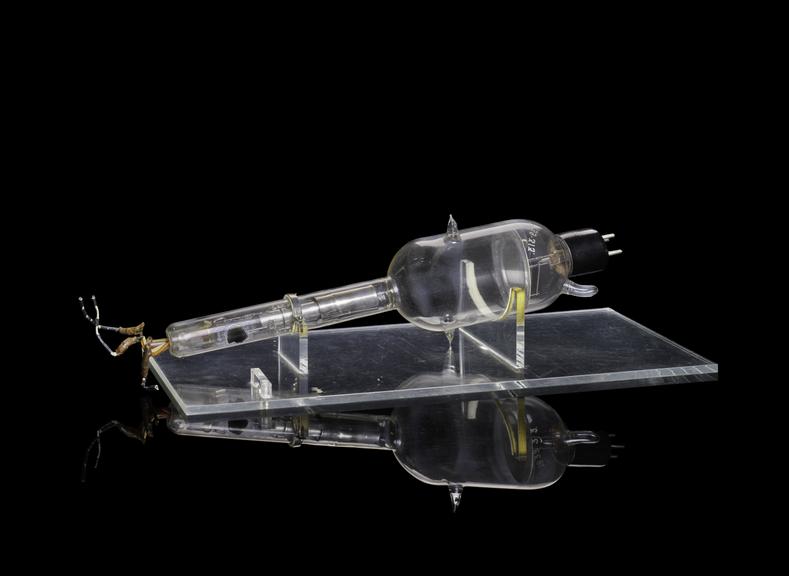



Early experimental Emitron television camera tube, 1932. Electric and Musical Industries Ltd. (EMI) began work on the Emitron in 1932, basing it on experimental work by James McGee and William Tedham.
Experimental camera tube, made by William Tedham and James McGee in 1932.
Tedham and McGee constructed this experimental electronic camera tube whilst working as engineers at EMI. It used an electron beam to convert light from the scene in the studio into a television signal.
EMI was forbidden by an agreement with RCA from making electronic television camera equipment, although they were permitted to experiment with cathode-ray receivers. Tedham and McGee built and tested their first camera ‘eye’ tube in secret. The test was successful, showing a chequerboard pattern, but the rudimentary tube eventually contaminated itself and stopped operating.
In 1933, the restriction on EMI was lifted. Having been convinced that an electronic camera was possible, EMI went on to develop the Emitron tube, the tubes used in their cameras in the studios at Alexandra Palace for the world's first regular high-definition television service in 1936.
Details
- Category:
- Television
- Object Number:
- 1939-313
- Materials:
- glass, electronic components and white metal (unknown)
- Measurements:
-
overall: 110 mm x 410 mm x 70 mm, 80 mm, 0.25kg
on stand: 138 mm,
- type:
- cathode ray tube
- credit:
- Electric and Musical Industries Limited (EMI)

